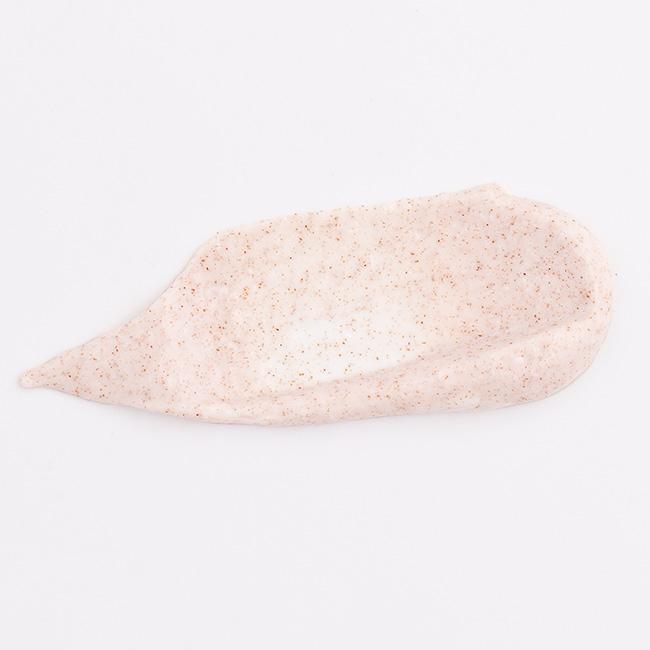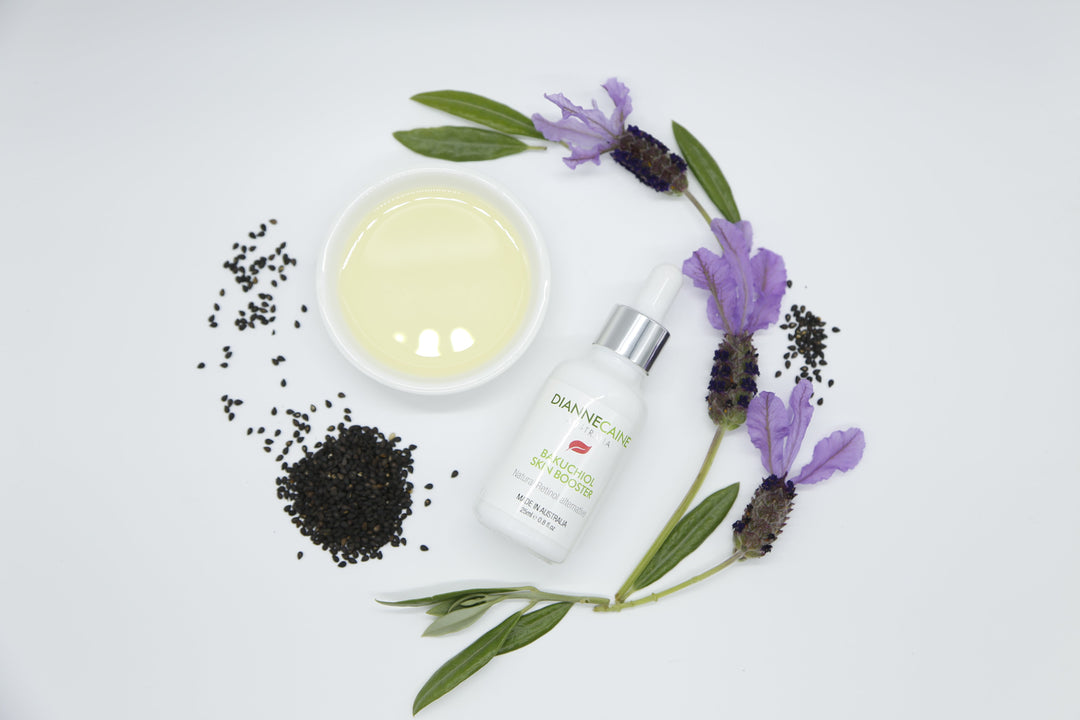Have you ever wondered exactly what microbeads are and why they are getting such a bad rap?
Microbeads are small, solid, man-made plastic particles found in toothpaste, beauty and cleaning products that don’t degrade or dissolve in water. They are used to bulk up products, used as an exfoliant and also to preserve the shelf life of a product. In the case of exfoliants they were designed as a cheaper, smooth edged alternative to natural exfoliants such as sugar and salt, that naturally have rough edges.
The problem with microbeads...
- Microbeads do not degrade or breakdown in water
- Microbeads do not degrade or breakdown in water
- Microbeads are washed down the drain, and the small size of the beads means they are mostly not captured by water treatment plants
- Microbeads end up in rivers, seas and oceans adding to the growing problem of plastics polluting our waters
- These plastic particles end up being ingested by marine life, causing possible poisoning and health issues
- Humans are the end consumer of fish and shellfish, meaning we too are ingesting these tiny plastic particles
I thought microbeads had been banned?
Many countries have put a ban on the use of microbeads, but Australia is yet to do so, instead issuing a voluntary agreement from the industry to phase out microbeads, which was meant to be complete by July 2018. Although research shows that most companies have complied, we still need to be on the lookout for those who have not, and ensure we are careful to choose products that are microbead free.












